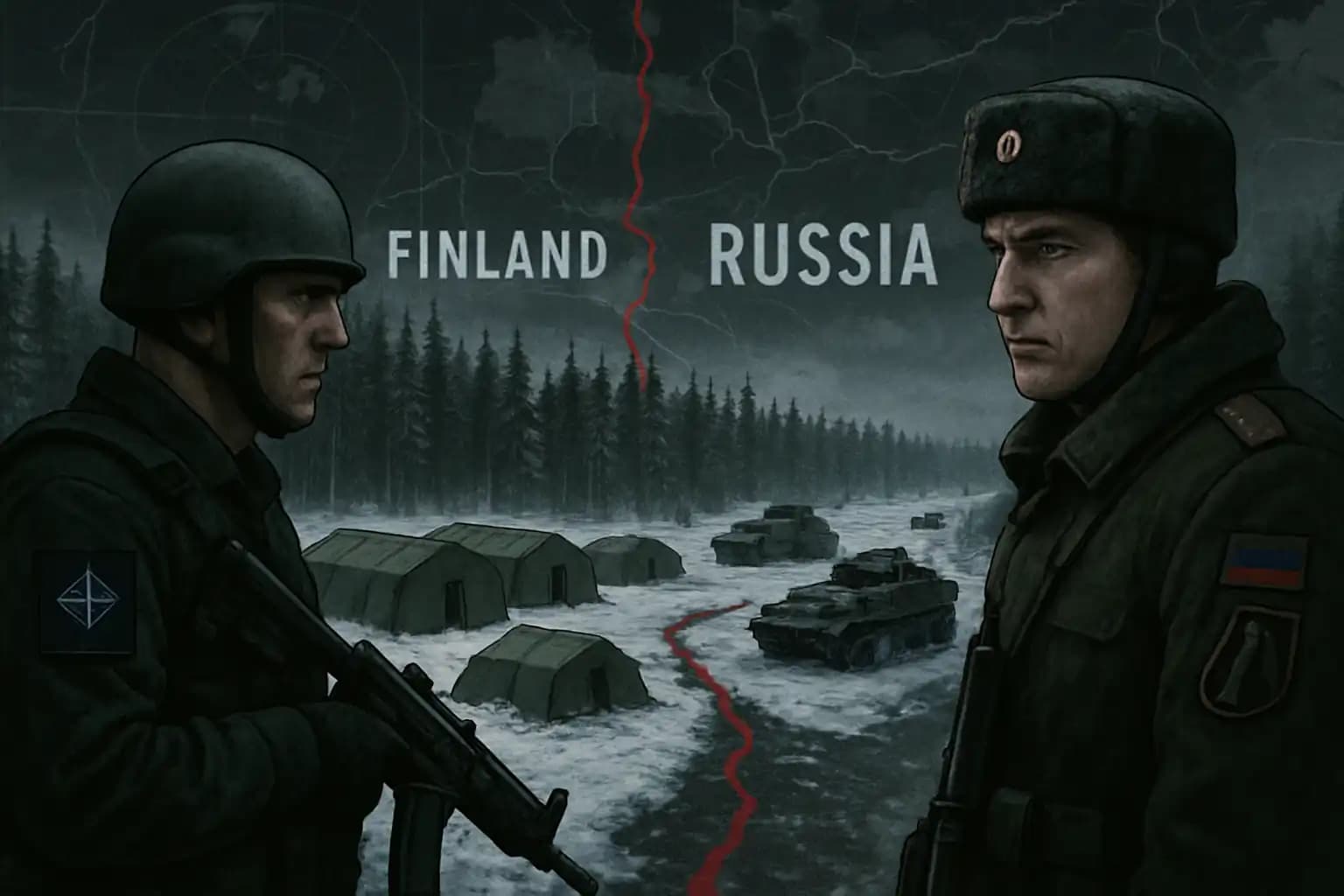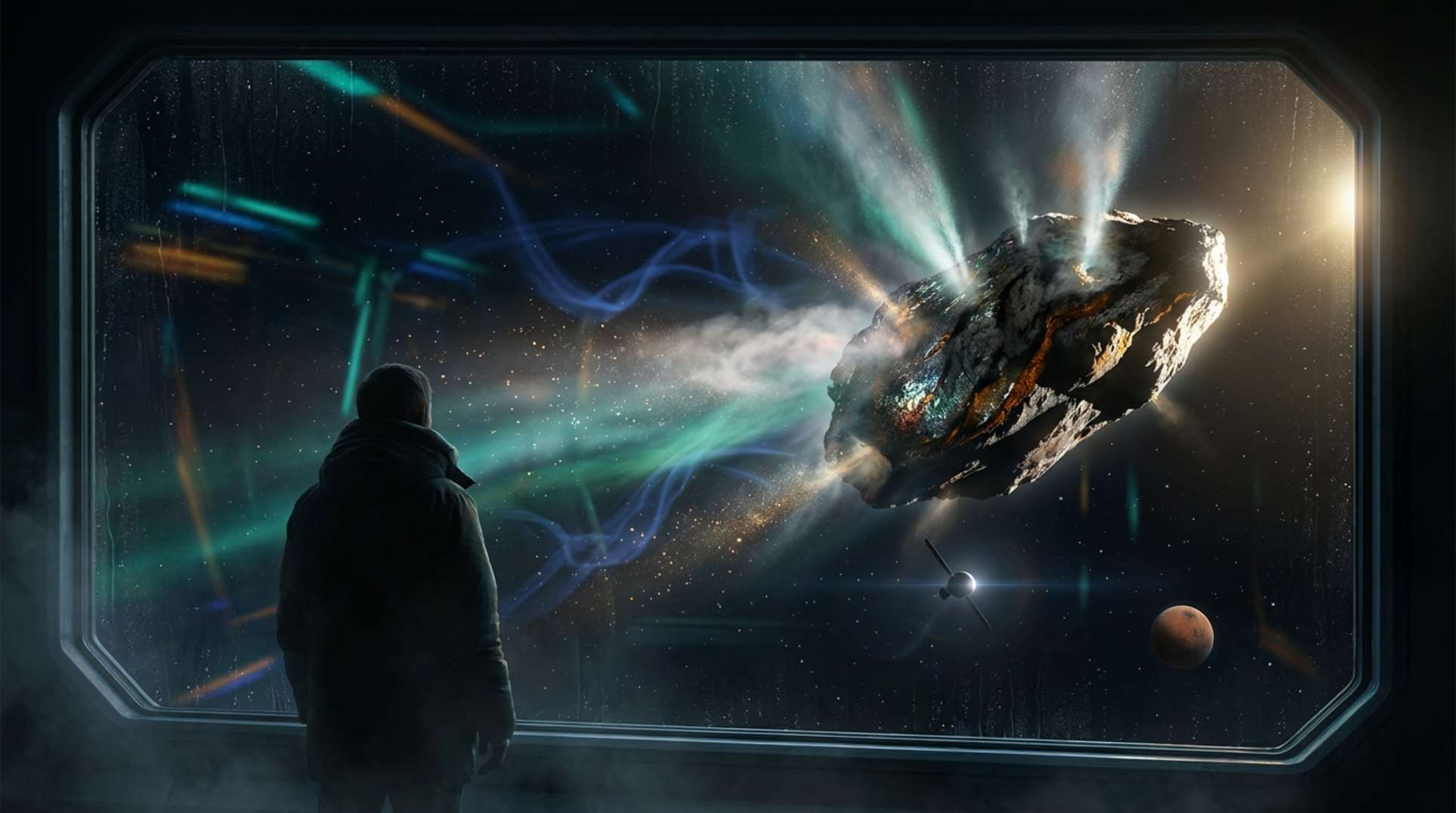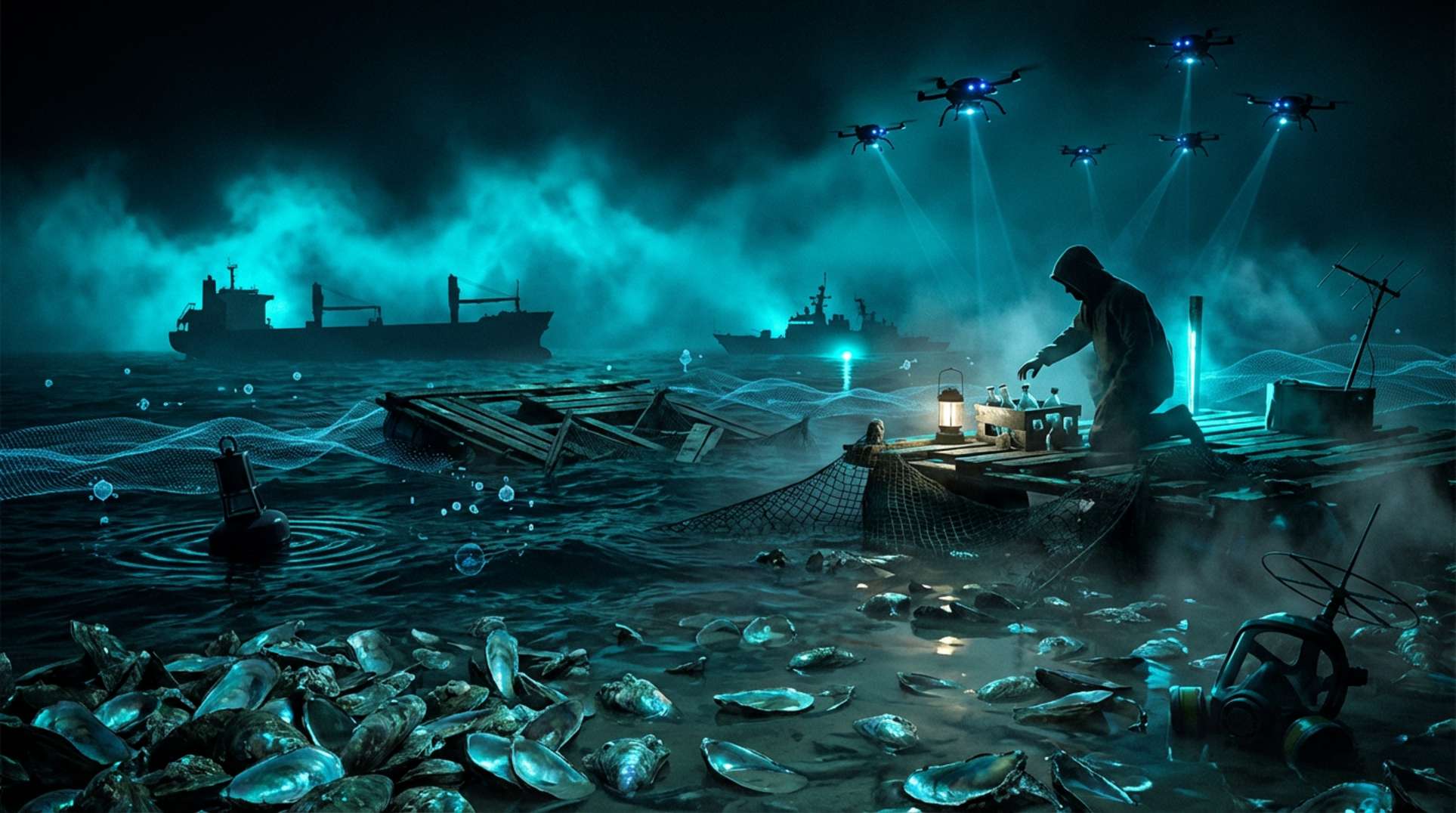Waking up to find a nuclear power parking military tents thirty-five miles away is unusual. Yet that’s happening along the Finland-Russia border, where satellite images reveal a surge in Russian troops and infrastructure at bases like Kamenka, Petrozavodsk, Severomorsk-2, and Olenya. Moscow’s actions have caught NATO’s eye—and stirred frustration in Helsinki, now officially part of the alliance (Helsinki Times report).
For centuries, the Finland–Russia border has marked two contrasting worlds. It now serves as the EU and NATO’s new external frontier—a 1,340-kilometer line patrolled by border guards, monitored by electronic surveillance, and shaped by past conflicts (Wikipedia background). Today, the situation feels more tense. After Finland abandoned neutrality to join NATO in 2023, Russia threatened “countermeasures.” If you think Moscow’s response is mere words, the satellite footage suggests otherwise.
Strategic Buildup: Satellite Imagery Reveals Moscow’s Northern Play
In the silence of the Russian woods, construction teams work tirelessly. Satellite analysis shows hundreds of new military tents, aircraft facilities, and refurbished bases. In Kamenka, over 130 tents have been set up for an estimated 2,000 troops (Deftechtimes reporting). Emergent activity at sites like Petrozavodsk, Severomorsk-2 (previously inactive), and Olenya suggests broader troop movements. The army is not just camping in the tundra: Olenya reportedly houses strategic bombers, while Severomorsk-2 lies at the end of Russia’s extensive Arctic military pipeline.
This isn’t Moscow’s first display of “forward deterrence.” Analysts view this as a response to Finland joining NATO and a warning to the Western alliance. The logic is simple: when a rival builds at your doorstep, you fortify your own yard—with soldiers and even an array of new helicopters for effect. This reflects troubling strategies behind recent conflicts and sabotage operations highlighted by reports on cyberwarfare and hybrid threats.
Why Now? NATO Expansion, Deterrence, and the Murkiest Red Lines
Bringing military hardware to the Finnish border isn’t mere posturing—it’s signaling in a new strategic context. Former NATO commander Colonel Hamish De Bretton-Gordon underscores that Moscow aims to deter NATO from further expansion and emphasizes the significance of the alliance’s new 800-mile border (the Daily Mail’s summary with expert analysis). These troop deployments reassure a nervous Russian populace and military elite that despite challenges, the Kremlin retains control over its military strategies. Some analysts observe unnerving parallels to pre-invasion buildups before regional conflicts—a concern echoed in discussions about the threats of WW3 scenarios and civilization-altering resets.
Though the Helsinki government maintains composure, the implication is clear: any future escalation could shift the focus northward, elevating Arctic strategies in East-West tensions. For those observing the ongoing turmoil, such as the rise of strongmen and significant security changes in Eurasia, these developments resemble foreboding entries in tomorrow’s history books.
Historic Crossroads: A New Security Paradigm for Europe’s North
Context holds weight in the cold: for centuries, this border region has fluctuated between relative peace and potential conflict. Today, Finnish Border Guards conduct patrols, supported by electronic monitoring and the complete closure of crossings in 2023, marking a tense reset. Stakes are much higher than during previous major conflicts. Finland and Sweden’s NATO membership alters the northern military landscape. Those tracking shadow activities in global politics (see this analysis of covert orbital maneuvers) perceive a more intricate and possibly clandestine game at play.
Along this border, history features strategic reshuffling—from Swedish-Russian wars to Cold War tensions to the era of hybrid confrontations. However, experts warn that Russia’s 2024 troop movements—massing, updating, and weaponizing Arctic assets—represent a significant shift. This strategy aims to unsettle NATO’s planners while diverting attention from issues elsewhere (see current analyses of unexpected global instability), perhaps even drawing Finnish and Russian intelligence agencies into heightened stakes.
What Happens Next: Arctic Chokepoints, Bunkers, and the Long Game
Are we on the brink of panic? Not necessarily—but nobody is remaining complacent. Western analysts contend that the current military buildup aims for deterrence and spectacle rather than an imminent invasion. Yet, with Russia enhancing its border defense technologies and NATO closely monitoring every inch of ground, the room for error diminishes. Conversations around this issue carry a grim undertone, echoing everything from traditional military bluffs to cutting-edge information warfare as examined by futurists wary of hybrid risks.
For readers seeking in-depth analysis beyond headlines and unclear satellite imagery, resources like Unexplained.co provide valuable insights. The line in the snow outside Helsinki is not just a border: it’s a crucial junction between competing world orders—and for now, tensions are climbing.




